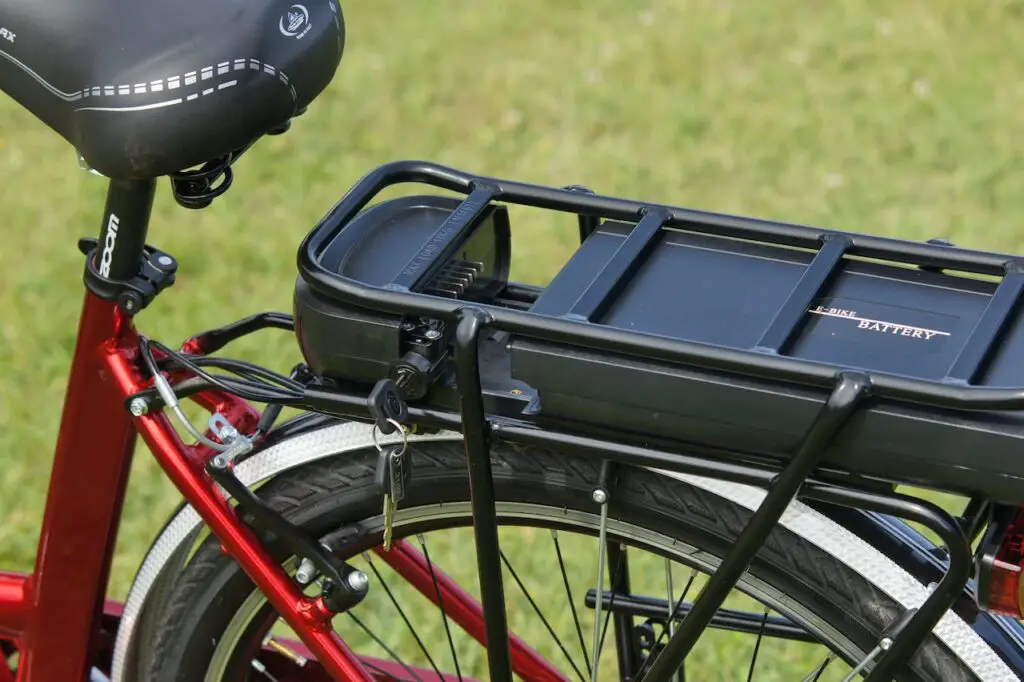If you’re an electric bike rider, you may be wondering if it’s safe to ride your ebike in the rain. After all, you don’t want to damage your bike or put yourself in danger. Fortunately, the answer is generally yes – you can ride an ebike in the rain. But there are some important things to keep in mind to ensure your safety and the longevity of your bike.
In this article, we’ll explore the dos and don’ts of riding an electric bike in the rain. We’ll discuss the precautions you should take to protect your bike and yourself, as well as the benefits of riding in wet weather. Whether you’re a seasoned ebike rider or new to the world of electric bikes, this article will provide valuable information to help you ride safely and confidently in the rain.

Safety Considerations
Riding an electric bike in the rain can be a fun experience, but it is important to take safety considerations seriously. Here are a few things to keep in mind to stay safe on your ride:
Visibility
When it’s raining, visibility can be reduced, making it harder for drivers to see you. To increase your visibility, consider wearing bright or reflective clothing and adding lights or reflectors to your bike. You can also use hand signals to communicate your intentions to drivers.
Tire Traction
Wet roads can be slippery, so it’s important to ensure that your tires have good traction. Check your tire pressure before your ride and make sure that your tires have enough tread. If your tires are worn, consider replacing them before riding in the rain.
Additionally, it’s important to ride at a slower speed and avoid sudden movements or turns, as this can cause your bike to slide or lose traction. Keep a safe distance from other vehicles and avoid riding in puddles or standing water, as you never know what could be hiding beneath the surface.
Waterproofing Your E-Bike
Covering the Battery
The battery is one of the most important components of your electric bike, and it needs to be protected from water damage. To waterproof your battery, you can use a battery cover or bag that is designed specifically for your e-bike model. You can also use a waterproofing spray to coat the battery and protect it from water.
When installing the battery cover or bag, make sure it is securely fastened and covers the entire battery. This will prevent water from seeping in through any gaps or openings.
Protecting the Motor
The motor is another crucial component of your e-bike, and it needs to be protected from water damage as well. To waterproof the motor, you can use a motor cover or bag that is designed specifically for your e-bike model.
You can also use a waterproofing spray to coat the motor and protect it from water. When installing the motor cover or bag, make sure it is securely fastened and covers the entire motor. This will prevent water from seeping in through any gaps or openings.
It is important to note that while waterproofing your e-bike can help protect it from water damage, it is not a foolproof solution. You should still avoid riding in heavy rain or submerging your e-bike in water.
Maintenance Tips
Drying Your E-Bike
After you ride your e-bike in the rain, it’s important to dry it off properly to prevent rust and corrosion. Use a clean, dry towel to wipe down the frame, wheels, and any other parts that got wet. Pay special attention to the chain, which can rust quickly if not dried properly. If possible, use a fan or air compressor to blow off any remaining water.
Another option is to use a bike cover to protect your e-bike from rain when you’re not riding it. This will help keep it dry and prevent water from getting into the electrical components.
Cleaning Your E-Bike
Regular cleaning is important to keep your e-bike in good condition, especially if you ride it in the rain. Use a mild soap and water to clean the frame, wheels, and other components. Avoid using high-pressure water, which can force water into the electrical components and cause damage.
When cleaning your e-bike, pay special attention to the chain and gears. Use a chain cleaning tool and a degreaser to remove any dirt and grime. After cleaning, dry the chain thoroughly and apply chain lube to keep it running smoothly.
Finally, check the brake pads and rims for any debris or water that may have accumulated during your ride. Wipe them down with a clean towel to ensure proper braking performance.
Conclusion
After conducting thorough research, it is safe to say that riding an electric bike in the rain is possible. However, it is important to take precautions and understand the risks involved.
Electric bikes are designed to be water-resistant and can withstand certain amounts of rain. However, it is crucial to ensure that the bike is well-maintained and all the electrical components are properly sealed to prevent water damage.
Riding an electric bike in the rain can be dangerous due to decreased visibility and slippery roads. It is recommended to ride at a slower speed and wear appropriate safety gear, including a waterproof jacket and helmet.
Overall, it is important to use common sense and exercise caution when riding an electric bike in the rain. By taking necessary precautions, riders can enjoy the benefits of electric bikes regardless of the weather conditions.




